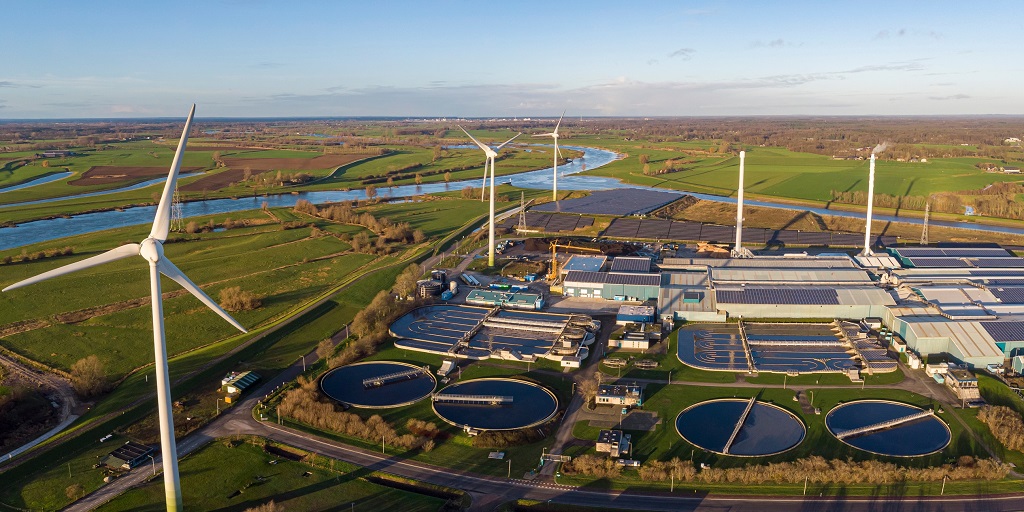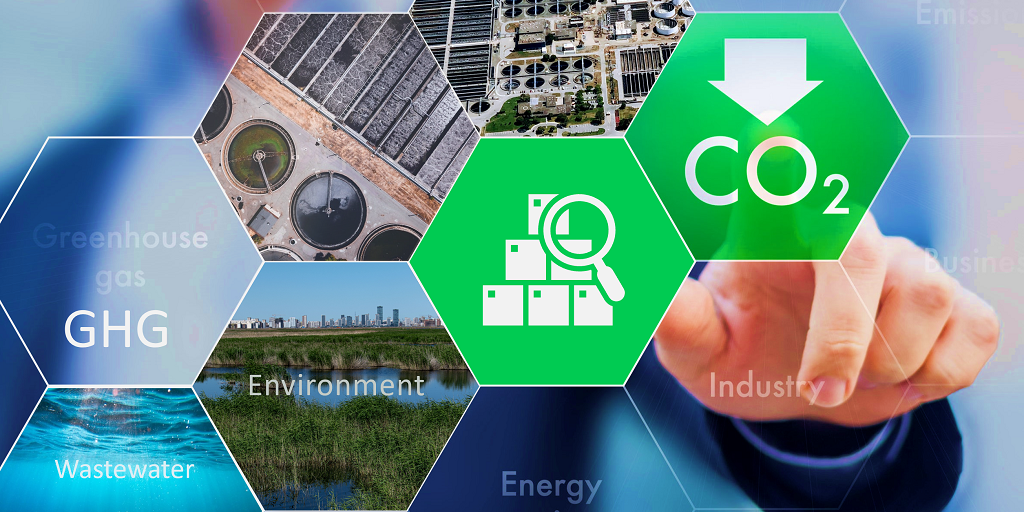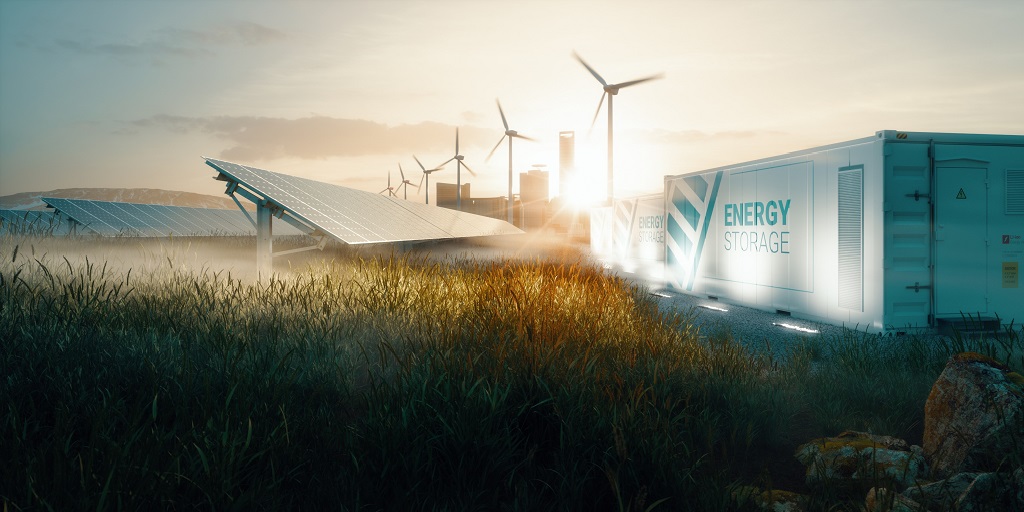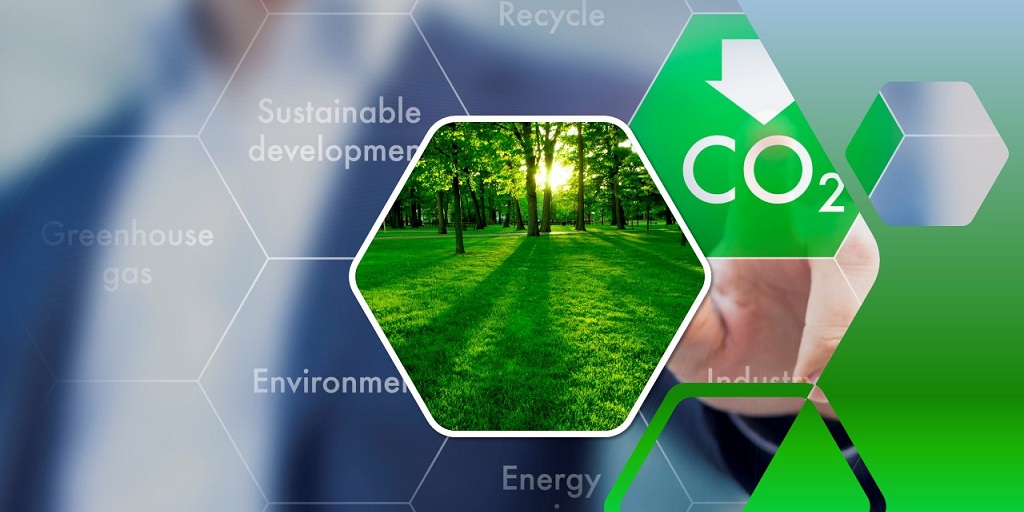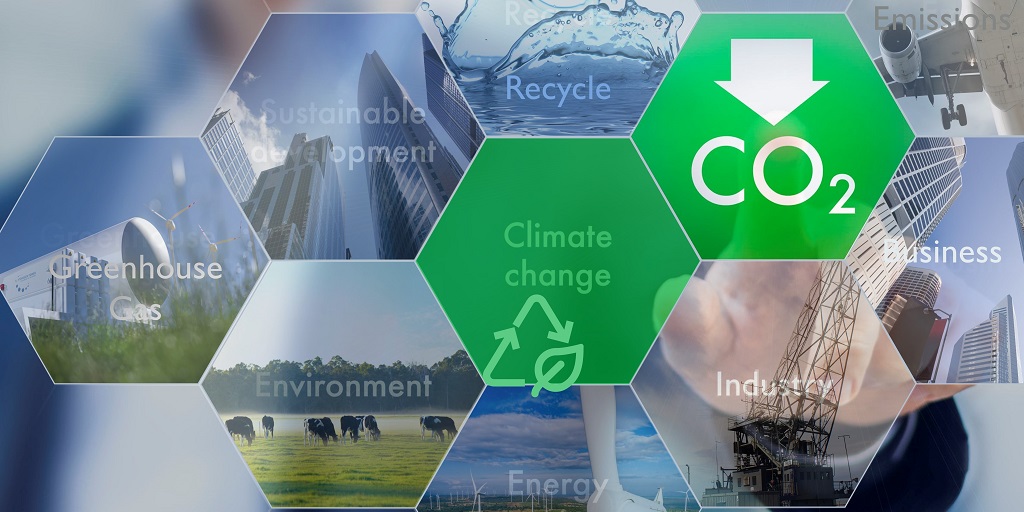There are new rules for Australian Businesses: With mandatory climate-related financial reporting disclosures (CFRD) having come into force for Australian businesses from 1 July 2024, the focus on supply chain risk and resilience has never been more pronounced. Our understanding of environmental impacts and sustainability are becoming more complex and […]
Carbon Emissions Management – what is it and why you need it?
Table of Contents
- Global Warming vs Climate Change
- Carbon Management Lifecycle
- Waste management in the Carbon Lifecycle
- What is Carbon Inventory?
- Carbon Quantification & Verification
- Carbon Accounting Principles
- Siecap carbon inventory services
- Carbon Offsets & Credits
- Carbon Markets
- Related Carbon Emission Articles
- References
- Learn More
There has been a lot of noise made by the media around the subject of Climate Change, and policy makers are taking on a more serious and mandatory approach as the looming Australian Federal Government commitment to achieving a renewables target of 26-28% by 2030, as well as the Paris Agreement Net Zero Carbon Emissions by 2050 targets approach.
We have probably all heard the terms:
- Carbon Stock Assessments
- Greenhouse Gas Inventories
- Carbon offsets
- Carbon Credits
- Carbon Pools
All these terms relate to various methods, and initiatives to mitigate climate change, and a way for business to start understanding carbon life cycles. Once business and consumers understand the impact of their decisions on the environment, we can all start making plans to reduce or eliminate that impact.
Communicating the changes in global warming can be challenging!
This animated climate spiral provides a visual display of historically observed changes of monthly global temperature anomalies (changes from an average) since 1880. Showing the familiar rise of global temperatures in an unfamiliar way.
Whites & blues indicate cooler temperatures, while oranges & reds show warmer temperatures
| There are some subtle and some not-so-subtle differences between global warming and climate change. When scientists or public leaders talk about global warming these days, they almost always mean human-caused warming. | |
|
GLOBAL WARMING; refers only to the Earth’s rising surface temperature and is only one symptom of climate change. |
CLIMATE CHANGE; refers to the changes in the measures of climate over a long period of time (precipitation, temperature, and wind patterns). |
| Though the recent rise in greenhouse gases in the atmosphere is arguably the main factor affecting global warming, other factors are involved (such as variations in Earth’s orbit, the angle of the planet’s axis, and variations in the Sun’s energy output).
As higher concentrations of greenhouse gases allow Earth’s atmosphere to hold onto greater amounts of heat that would normally escape into space at night, Earth’s average temperature rises. |
This includes warming and the “side effects” of warming (melting glaciers, heavier rainstorms, or more frequent drought).
There are “natural” and “human-induced” factors that contribute to climate change.Some human causes for climate change, besides the burning of fossil fuels, include the emission of aerosol pollution into the atmosphere, or by transforming the Earth’s landscape, for instance, from carbon-storing forests to farmland. |
It is still incumbent on everyone, where possible, to take steps towards adopting measures to reduce our impact towards global warming and the resulting climate change.
Having your business’ carbon inventory assessed and audited, is a first step in this direction. Not only for the overall business, but also for specific projects that are implemented.
Some additional references:
Developing a plan to manage an organisations carbon reduction, is the same as any other business plan. The steps required to reach an intended goal are best achieved through systematic steps:
- Doing an inventory of the products and/or services in the organisation that produce carbon [Read more]
- Having the inventory quantified and verified
- Purchasing carbon offsets, & selling Carbon Credits [Read more]
Consideration of Carbon Life Cycle in recycling and circular economy efforts
Greenhouse gas emissions don’t often feature in waste management. Metrics and KPIs have tended to be focused on tonnages removed from landfill, or tonnages recycled rather than around the creation or avoidance of greenhouse gas emissions, measured in particular by ‘carbon dioxide equivalent’ or CO2e. This refers to not merely how much carbon is produced or reduced through improved primary practices, such as methane capture from water treatment plant and landfills, but how much CO2e is avoided through resource recovery and reuse, that is, if it is being reused, what contributes to CO2e have been removed such as mining emissions, land clearing and raw product processing. Read the full article on Waste in a circular Economy.
There is a growing call to introduce carbon accounting into the metrics of waste management.
Why a carbon inventory on wastewater should be undertaken?
The percentage of emissions within the big picture may be small. However, for councils and council controlled organisations operating wastewater treatment plants, the GHG emissions associated with wastewater and sludge treatment can form a substantial portion of their specific carbon inventory.
These emissions are produced from waste decomposition, treatment and combustion. This includes solid waste in landfill (the major source in this category), waste in wastewater and compost.
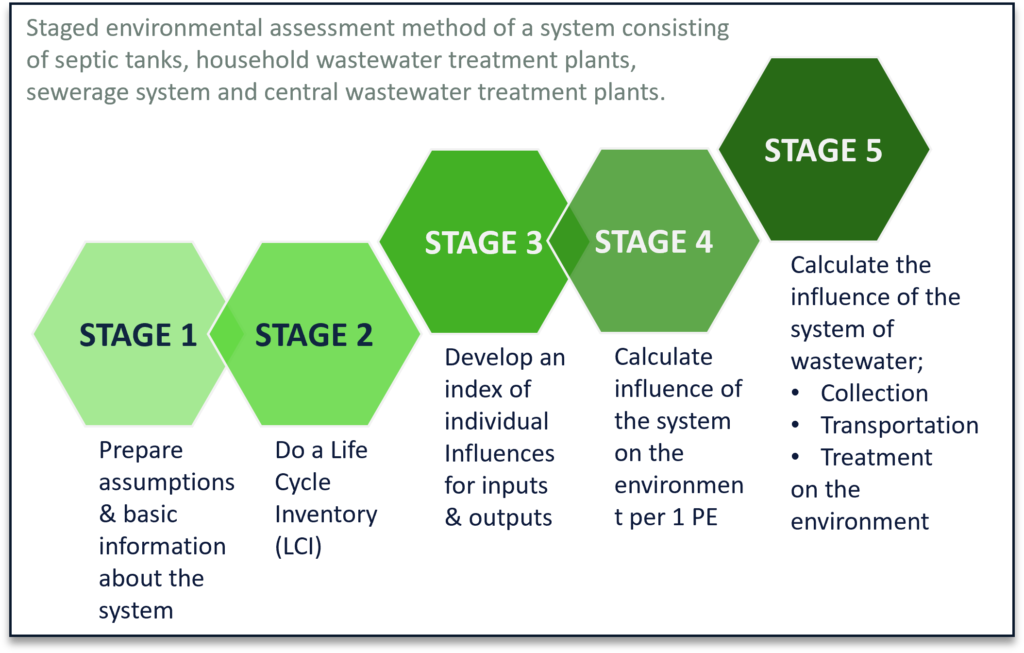
The first step to enable organisations in both the public and private sector to report on, manage and (where possible) reduce their greenhouse gas (GHG) emissions, is to understand the amount, nature and source of the GHG emissions, as well as the energy usage within the boundaries of the WWTP.
Collection of data on the wastewater system and performing a detailed inventory of the data concerning materials used, energy and substances, and pollution emission into the environment at given life cycle stages, for each of the elements of the system enables an assessment of the greenhouse gas emissions and the potential environmental impact throughout the life cycle of a system of wastewater collection, transport and treatment, from construction, use and end-of-life stages.
When looking at undertaking carbon inventory of a WWTP there are a number of factors which are taken into consideration [read more]
At a highest level, a Nation produces a Carbon Inventory each year as part of its obligations under the United Nations Framework Convention on Climate Change (UNFCCC) and the Kyoto Protocol.
These high-level inventories provide key evidence on greenhouse gas emission trends and inform policy recommendations on climate change. Enabling the monitoring of progress towards our emissions reductions targets.
At a more detailed level, a business may produce an inventory or require a department or project to produce a carbon inventory providing a detail account of its actual emissions or in the case of a planned project, an estimate of the emissions that will be released during both its implementation and later operation.
More detailed level inventories include:
- Business inventory
- Department inventory
- Project carbon inventory providing a detail account of its actual emissions
- Planned projects may require an estimate of the emissions that will be released during both its implementation and later operation.
Information presented in a carbon inventory can help inform corporate strategies, project portfolios and prioritise actions to reduce emissions and provide benchmarks against which the success of these activities can be measured.
CASE STUDYCarbon Inventory Project Strategy – Greenhouse Gas AssessmentSiecap modelled a proposed operation using a quantitative model to estimate the greenhouse gas emissions on a project, resulting in a range of measures being introduced into the development to reduce emissions … Read more |
If your currently planned projects are designed to include carbon reduction standards, you won’t be caught on the back-foot when changes to building and infrastructure policies are proposed by state and council authorities as they set their focus on development that minimises energy use and carbon footprint.
| NSW Design and Place State Environmental Planning Policy The proposed Design and Place SEPP that is being proposed in NSW will be relevant to all new developments on urban land in NSW. It will apply to both public and privately owned developments in urban and regional places across the State. The SEPP will include development thresholds to explain when and where particular considerations will apply. Read more |
The Greenhouse Gas Protocol defines emissions across three scopes.
ISO 14064-1 defines emissions across six categories rather than the three scopes of the GHG Protocol.
| GHG Protocol Scope | ISO 14064-1:2018 Category | Emission Description | Examples |
| Scope 1 | Category 1 | Direct GHG emissions and removals | Stationary Combustion |
| Process emissions | |||
| Blasting (Explosives) | |||
| Fuel use | |||
| Refrigerant leakage | |||
| Direct emissions and removals from land use | |||
| Land Use Change | |||
| Scope 2 | Category 2 | Indirect GHG emissions – from imported energy | Purchase of energy and utilities |
| Scope 3 | Category 3 | Indirect GHG emissions – from Transportation for persons and goods | Provisioning |
| Business Travel | |||
| Car Hire | |||
| Freight transport | |||
| Transport of clients & visitors | |||
| Staff Commute | |||
| Downstream transport & distribution losses | |||
| Refrigerant use (from chilled transport or air conditioner) | |||
| Upstream emissions from fuel manufacture and distribution (well-to-tank) | |||
| Category 4 | Indirect GHG emissions – from products an organisation uses | Electricity transmission & distribution losses | |
| Materials & waste (Solid & Liquid) | |||
| Emissions generated through leased assets | |||
| General services used | |||
| Category 5 | Indirect GHG emissions – from the use of the organisations products | Total expected lifetime emissions of the product sold | |
| Investments | |||
| End of life stage emissions | |||
| Downstream franchises/leased assets | |||
| Emissions from investments (targeting private or public financial institutions) | |||
| Category 6 | Indirect emissions – other sources | Specific emissions or removals which cannot be recorded in any other category. It is the organisations responsibility to define the content of this category. |
Inventory Quantification adopts standard methods for measuring and calculating the GHG emissions attributed to an Organisation. The Intergovernmental Panel on Climate Change (IPCC) provides the world’s most authoritative scientific assessments on climate change and provides guidance for greenhouse gas inventory arrangements and management, data gathering, compilation, and reporting.
To quantify and report GHG emissions, organisations need data about their activities (for example the quantity and type of fuel used). They can then convert this into information about their emissions (measured in tonnes of CO2-e) using emission factors.
GHG accounting and reporting practices are continuing to evolve and are relatively new to most businesses. However, the principles listed below are specified in all international standards, specifically ISO14064-1, and are generally accepted and adopted by a wide range of stakeholders in technical, environmental and accounting disciplines.
Like financial reporting, it’s not done once and forgotten about, rather the approach is to baseline the first year and then adopt a routine of measuring and monitoring the organisational performance.
This allows early detection of any change in carbon footprint early on.
- RELEVANT – Ensure the GHG inventory appropriately reflects the GHG emissions of the company and serves the decision-making needs of users – both internal and external to the company.
- COMPLETENESS – Account for and report on all GHG emission sources and activities within the chosen inventory boundary. Disclose and justify any specific exclusions.
- CONSISTENCY – Use consistent methodologies to allow for meaningful comparisons of emissions over time. Transparently document any changes to the data, inventory boundary, methods, or any other relevant factors in the time series.
- TRANSPARENCY – Address all relevant issues in a factual and coherent manner, based on a clear audit trail. Disclose any relevant assumptions and make appropriate references to the accounting and calculation methodologies and data sources used.
- ACCURACY – Ensure that the quantification of GHG emissions is systematically neither over nor under actual emissions, as far as can be judged, and that uncertainties are reduced as far as practicable. Achieve sufficient accuracy to enable users to make decisions with reasonable assurance as to the integrity of the reported information.
Developing a plan to manage an organisations carbon reduction, is the same as any other business plan. The steps required to reach an intended goal are best achieved through systematic steps:
- Doing an inventory of the products and/or services in the organisation or related to a specific project that produce carbon,
- Having the inventory quantified and verified,
- Off-setting the emissions that cannot be reduced
Whilst businesses may do everything, they can to reduce greenhouse emissions and their carbon footprint, it’s unlikely that just by doing this they would get to net zero under a business-as-usual scenario.
This is where purchasing carbon offsets can reduce the overall amount of carbon you would be accountable for.
A carbon offset essentially is a certificate that represents the reduction of one metric ton of carbon dioxide emissions from the atmosphere, the principal measurement of climate change. Once created the offset credit can be bought and sold on the voluntary marketplace, before an end user wishes to claim the carbon offset, at which point that credit can no longer be sold on.
Buying offsets is something anyone can do if they have the money. And unlike policies like a carbon tax , an offset is directly connected to a specific quantity of greenhouse gas emissions, at least on paper.
Different to carbon allowances , carbon offsets are not freely allocated to firms, but instead are ‘generated’/’earned’ by either preventing the release of GHG or removing them from the atmosphere (avoidance vs sequestration)
One of the keyways that business can contribute to sustainable development and reduce emissions is through the purchase carbon offsets or investing in projects that create carbon credits.
The Australian Government’s initiative Climate Active (formerly NCOS) provides guidance on what is a genuine voluntary offset and sets minimum requirements for calculating auditing and offsets.
[Read more on Carbon Offsets – What they are and how they work]
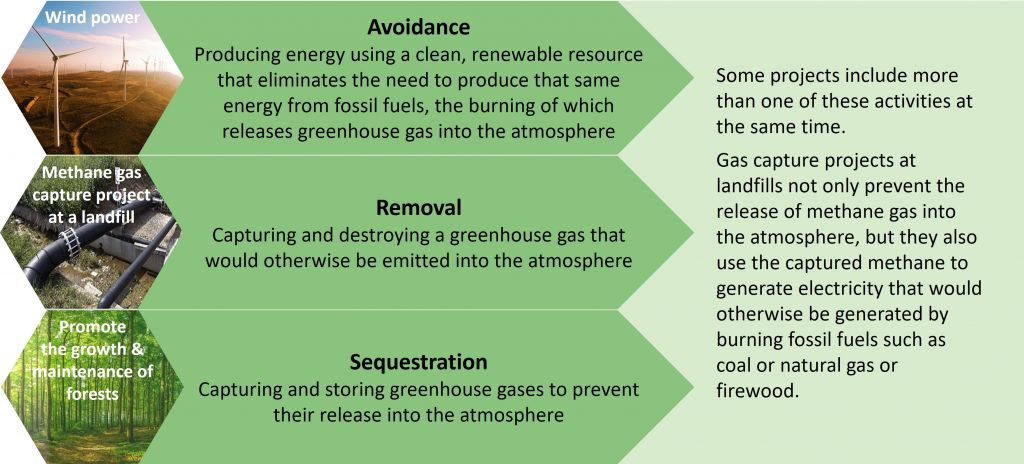
|
Mandatory Compliance |
Voluntary |
Compliance offsets are used to meet legally binding caps on carbon in schemes like the Australian Clean Energy Regulator
|
Voluntary offsets are the ones people and companies buy at their own discretion
|
Mandatory Carbon Trading Schemes
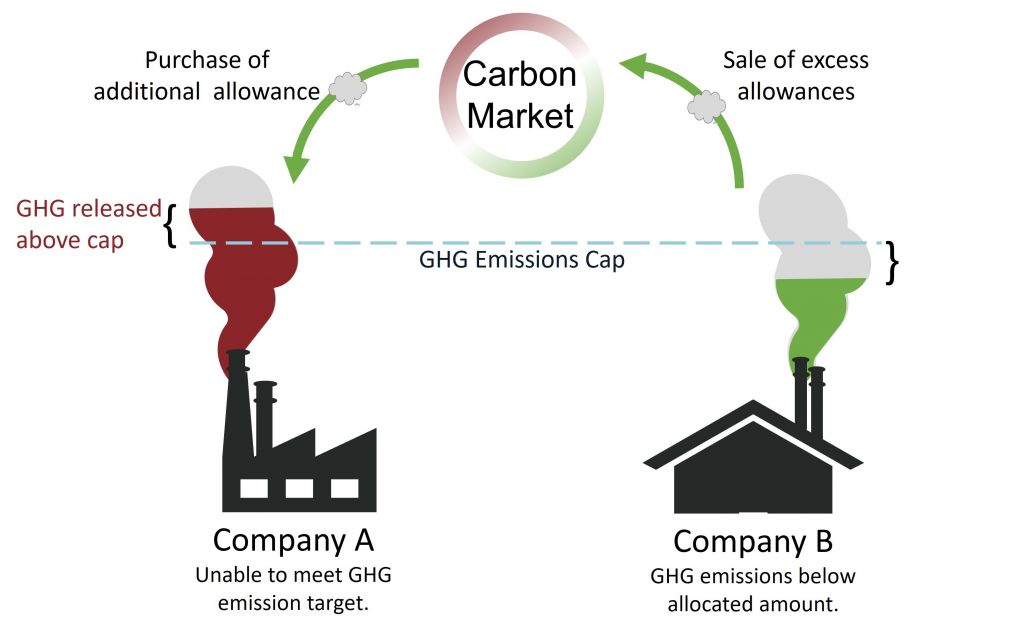
A Circular Economy – not a moment to waste
Transitioning to a circular economy within the 10 year time frame set by the Queensland Government is an ambitious goal, and not without its challenges […]
Why a carbon inventory on wastewater should be undertaken?
The impact on the environment through domestic and commercial wastewater emissions are projected to increase slowly from 2024 as wastewater facilities support a growing population […]
Why vanadium redox flow batteries will be the future of grid-scale energy storage
Net zero and the role of energy storage – to maximise the use of renewable sources, investment in new storage technologies is required. […]
Carbon Off-sets!
One of the keyways that business can contribute to sustainable development and reduce emissions is through the purchase carbon offsets or investing in projects that create carbon credits. […]
The importance of Carbon Reduction!
Significantly reducing our Carbon emissions will impact all Australian businesses in some way or another, requiring a complete rethink in decisions, projects and the way we do business. […]
To stay up to date with all the latest Carbon Management information register your details.


